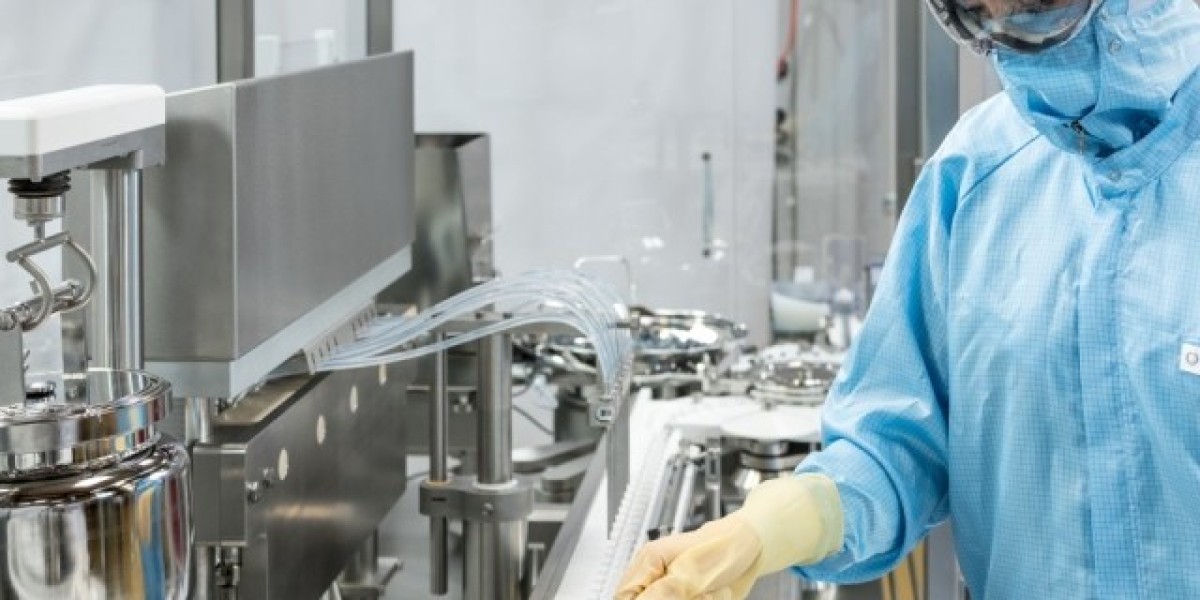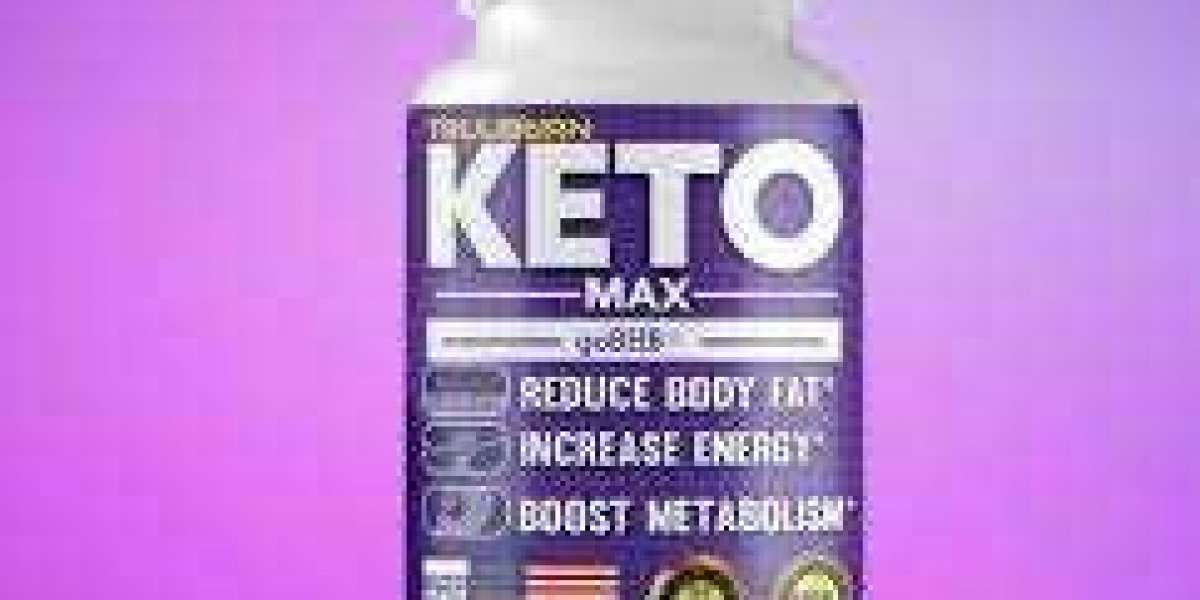The Need for Aseptic Processing
Traditional canning and bottling methods rely on heat sterilization to kill any microbes present in the food. However, this high heat can negatively impact food quality attributes like taste, texture, and nutrients. Refrigeration is required to prevent the growth of any microbes that may have survived or were introduced after processing. Processing was developed to address these limitations. It allows foods to be processed at lower, gentler heat to better preserve quality while still ensuring long shelf stability at room temperature. This grants greater flexibility and convenience for consumers.
Aseptic processing refers to the process of packaging food products in a sterile container to maintain microbial stability and extend shelf life without requiring refrigeration. Aseptic Processing involves sterilizing the food, then aseptically transferring and filling the sterile food product into pre-sterilized packaging under ultra-clean conditions to prevent contamination.
The Aseptic Processing Method
The key steps in processing include:
- Pre-treatment of the food product - This may involve blanching, pressing, or milling to prepare the food for sterilization.
- Sterilization - The pre-treated food is exposed to high heat, usually between 115-135°C (239-275°F) for 1-5 seconds, to eliminate all microbes.
- Aseptic filling - The hot sterile food is quickly transferred and filled into pre-sterilized packaging inside an aseptic filling machine with ultra-clean air.
- Package sealing - The filled package is hermetically sealed to prevent recontamination.
- Cooling - The sealed package is rapidly cooled to increase shelf stability.
- Quality control checks - Samples are tested to ensure no microbes survived the process.
By maintaining sterile conditions throughout processing and packaging, aseptically processed foods can safely be stored unrefrigerated for months without preservatives.
Common Applications of Aseptic Processing
A wide range of food and beverage products are commercially produced through processing, including:
- Fruit juices and drinks - Processing allows juices to be packaged without preservatives in shelf-stable cartons.
- Soups and sauces - Condensed, dried, and liquid varieties can all be aseptically packaged.
- Milk and dairy products - UHT milk and long-life dairy alternatives are common.
- Spreads and dips - Vegetables, hummus, tahini are preserved.
- Infant formula - Sensitive infant nutrition requires the safety of processing.
- Specialty foods - Functional foods, ethnic dishes also utilize aseptic technology.
The versatility of aseptic packaging has enabled convenient consumption of perishable foods globally without refrigeration requirements.
Quality and Safety Benefits
Through stringent control of the sterilization process and packaging environment, aseptic processing offers clear quality and safety advantages over traditional methods:
- Long shelf life - Properly aseptically packaged foods can last up to a year unrefrigerated.
- Gentler processing - Lower heat sterilization better retains nutrients, flavors and textures.
- No preservatives needed - Aseptic sterilization alone is sufficient to prevent microbiological spoilage.
- Tamper evidence - Integrity of hermetically sealed packaging is evident.
- Safe transportation - Eliminates risks from temperature abuse during distribution.
- Reduced food waste - Less spoilage means more products reach consumers.
By eliminating microbial threats while optimizing organoleptic qualities, aseptic packaging is recognized as one of the safest methods for preserving highly perishable food products.
With advantages in quality retention, safety, supply chain efficiency and consumer convenience, aseptic processing has revolutionized the food industry globally. By properly applying stringent sterile manufacturing techniques, heat-labile ingredients like milk, juices and sauces can achieve extended shelf lives without refrigeration. Ongoing innovation further expands the range of foods that can be aseptically packaged. As consumer demand for nutritious convenient products grows worldwide, aseptic technology will remain a vital solution to reduce food loss while meeting evolving lifestyles.
For More Insights Discover the Report In language that Resonates with you
Get more insights: Aseptic Processing
Explore more article: Halal Food Market
About Author:
Money Singh is a seasoned content writer with over four years of experience in the market research sector. Her expertise spans various industries, including food and beverages, biotechnology, chemical and materials, defense and aerospace, consumer goods, etc. (https://www.linkedin.com/in/money-singh-590844163)



